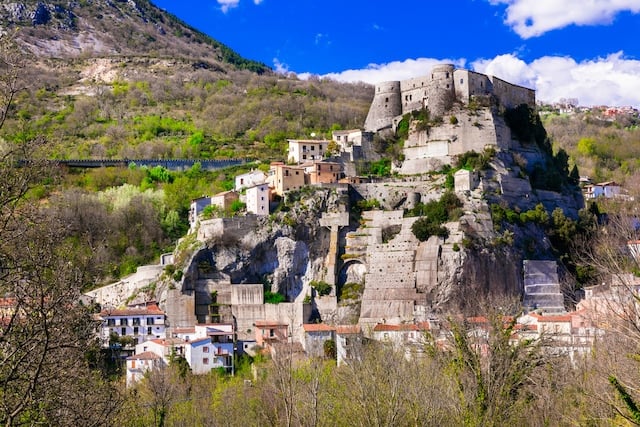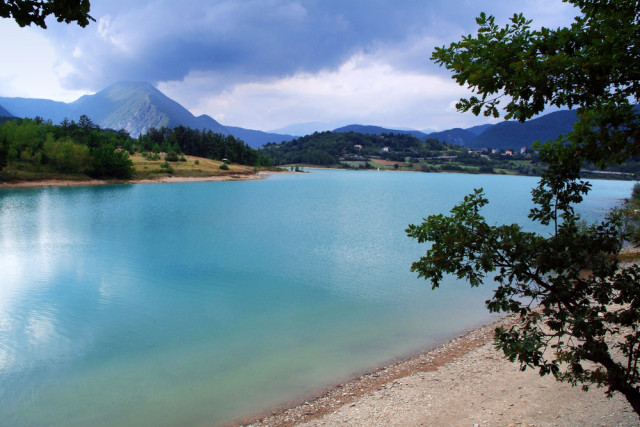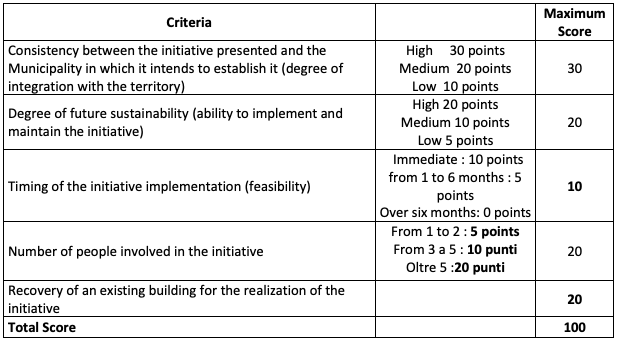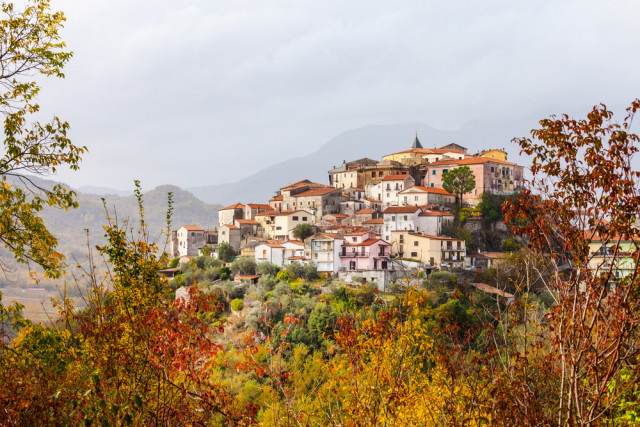Since announcing its 'active residency allowance' scheme earlier this month, Molise's council has found itself inundated with inquiries from people interested in taking up the offer of €24,000 over three years to move to a town of under 2,000 people and run a business.
The aim is to repopulate shrinking villages in Italy's second emptiest region, where more than 100 out of 136 municipalities have fewer than 2,000 inhabitants.
READ ALSO: Seven reasons Molise (yes, Molise) is Italy's best kept secret
The regional council of Molise has since released further details about how to qualify – and begun accepting the first applications.
Here's the lowdown.
Who is eligible?
Molise says it will consider applications from any adults outside target towns: in other works, people who live either in an Italian municipality with more than 2,000 inhabitants, or outside Italy altogether.
Italian citizenship is not a requirement. But – and this is a big but – you must be able to move to your chosen town in Molise within 90 days of your application being approved.

Villages like Cerro al Volturno in Molise have seen their population shrink. Photo: DepositPhotos
If you're from a country outside the EU and require a visa to live and work in Italy, that doesn't leave you much time to apply for and obtain your permit.
Nor does the region of Molise have the power to offer special visas for applicants. You must obtain your own visa via the normal channels and subject to the usual conditions.
You must also commit to running your business for at least five years – the last two of which without the allowance – or face paying back the grant.
How do I apply?
If you're considering it, you have until 12:00 Italian time on November 30th, 2019 to apply.
Applications should be sent to the following email address: [email protected]
Applications must be sent by PEC (posta elettronica certificata or 'certified email'), which means you'll need to set up a PEC address if you don't have one already. Costs usually start at a few euros per year for a basic PEC account. For an official list of providers, see here.
The subject should read: “Public notice – Active residence income for access to the Fund in favour of individuals who are going to reside in municipalities with a population up to 2000 inhabitants” (or in Italian, “Avviso pubblico – Reddito di residenza attiva per l’accesso al Fondo in favore di soggetti che vanno a risiedere nei comuni con popolazione fino a 2000 abitanti“).
Your email must include:
- A completed application form, available on the region's website;
- A copy of a valid, government-issued ID;
- Your CV;
- A business plan for the company you intend to start in Molise, including the location, the financial details and how you'll make it feasible.

Castel San Vincenzo in Molise. Photo: DepositPhotos
Which applications will be successful?
A special commission will assess all the applications and select the ones they think will benefit Molise most.
The council says the criteria will be the following:
- How well does the planned business fit with the local town?
- How likely is it to survive?
- How soon can it be set up?
- How many people will it employ?
- Will it use existing property?
Points will be awarded for each criteria, with the maximum going to businesses that in fit in with the location and community, that are feasible and can be established in less than one month, that involve more than five people and will be based in existing real estate rather than requiring new building.
Proposals must score at least 60 out of a possible 100 points to be considered. Here's a full breakdown of how points will be awarded:

When choosing between applicants with the same score, the council says it will give priority to the people with the lowest income, highest number of dependent children and youngest age.
How will the grant be paid?
If you're lucky enough to be selected for the active residency allowance, you'll receive the grant in instalments of €8,000, payable once a year for three years.
To get the first payout, you'll have to produce a copy of your residency certificate from the town registry office showing that you've officially transferred your residence, as well as proof that you've rented or bought a place to live and (if applicable) a place to run your business.
You'll have to show the same documents, plus utility bills and a detailed report on how your business is going, after 12 months and again at 24 months to qualify for the following instalments.
Then you have to promise to continue running your business in Molise for at least two more years.
 Colli al Volturno, Molise. Photo: DepositPhotos
Colli al Volturno, Molise. Photo: DepositPhotos
The region reserves the right to check up on you and your business at any point throughout the five-year period and, if they find you've broken the rules, they can claim back the allowance plus interest.
For more information, including a list of all eligible towns, see the region of Molise's website.
Please note that The Local cannot help you apply for the active residency allowance. Please address all your inquiries directly to the region of Molise via [email protected].



 Please whitelist us to continue reading.
Please whitelist us to continue reading.
Member comments